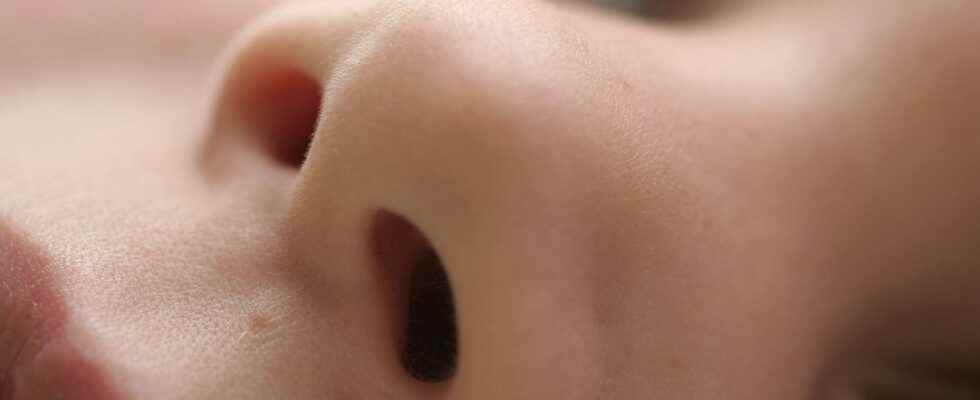People with nasal polyposis, for some, live in an odorless world, where their noses are constantly stuffy or runny. In its most severe forms, it poisons the daily lives of patients. In a series of four articles, Futura and Sanofi Genzyme wish to give more visibility to nasal polyposis, to those who are affected and to explore its origin and possible solutions.
You will also be interested
Imagine yourself with the nose clogged or still leaking, or no longer smelling your loved ones and the taste of your meals. This tasteless life is the daily life of some of the people with nasosinus polyposis, Where polyposis nasal. This chronic disease is unknown but truly disabling. It affects around 2% of French people and occurs in adulthood, generally around 30 years old and concerns both men and women. What are the symptoms typical of nasal polyposis and where does it come from?
How does nasal polyposis manifest itself?
Nasal polyposis manifests itself with a wide range of symptoms, the most common of which are a runny or stuffy nose, difficulty breathing, especially at night, and pains at the level of eyes, forehead and jaw. Some patients also lose all or part of thesmell and taste. These symptoms last several days or even months and come back regularly and weigh more heavily on the morale of the sick. The diagnosis of polyposis is made on average 10 years after the onset of the first symptoms. Indeed, the diagnosis requires, in addition to the symptoms, to highlight the polyps, generally by an ENT doctor. Polyps that obstruct the nasal passages are the result of a chronic inflammatory (non-cancerous) reaction.
According to their volume, polyps can completely obstruct the nose or only part of the sinus cavities but always on both sides. The ENT doctor diagnoses nasal polyposis through an endoscopic examination, a small flexible camera is introduced into the nasal cavity to observe the polyps and determine their size and location.
Do we know the origin of the disease?
Where do these polyps come from? In 80% of cases, they are the consequence of chronic type 2 inflammation, a type of inflammation that is also often found in asthma, which is often associated. The trigger for the latter is not yet known. Several theories are discussed by scientists, without a consensus emerging. The first suggests that nasal polyposis follows an external aggression, for example pollution, allergens, a virus or a bacterium, as the Staphylococcus aureus. This epithelial attack would be followed by a chronic local inflammatory reaction, involving the mucosa of the ethmoid sinuses (located between the eyes).
Without being able to decide clearly on the etiology of nasal polyposis, the scientific community agrees that inflammation plays a major role. Four out of five patients have one thing in common: an overproduction of type 2 inflammatory markers, including cytokines IL-4, IL-5 and IL-13 which ensure communication between the cells of immunity and participate in the inflammatory reaction at the origin of polyps. Although nasal polyposis is often underestimated and misdiagnosed, it can have serious consequences on the daily lives of patients and their mental health.
Article produced in partnership with the Sanofi Genzyme teams
Sources:
Reference 7000035240 – 10/2021
Interested in what you just read?
.
fs6
